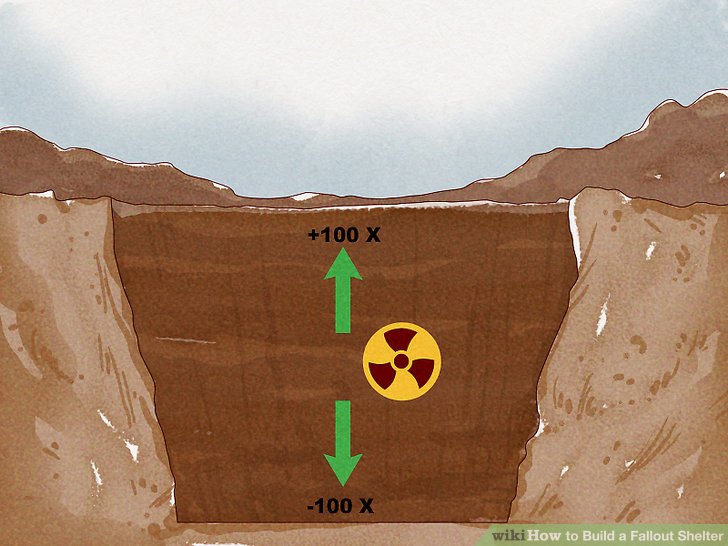

They studied how the supersonic shock waves would propagate through a three-room concrete structure situated in the moderate damage zone and assumed that the concrete was strong enough to withstand the 3 to 5 pounds per square inch of pressure from the blast wave. Drikakis and Kokkinakis simulated the blast effects of a 750-kiloton warhead-like the hundreds of larger bombs in Russia’s arsenal-delivered by an intercontinental ballistic missile, which would detonate about 3 kilometers above a metropolis.

Since no one’s going around testing nukes on buildings these days, this kind of research employs computer simulations. He and his colleague Ioannis Kokkinakis focused on this area and published their work in the Physics of Fluids journal last week. Scientists and artists developed the metaphorical clock to communicate risks posed by global, human-caused problems including climate change, but the dangers of nuclear war have been a major focus since its inception.ĭrikakis combed through scientific research on what the aftermath of nuclear weapon use would look like, and he spotted a gap: There’s little knowledge of the effects on humans indoors in the “moderate damage zone” a few miles from the epicenter, far enough away that buildings might not get blown to bits. His grim research comes just as the Bulletin of the Atomic Scientists announced that it has ticked the Doomsday Clock forward, to 90 seconds until an apocalyptic midnight, citing the increasing nuclear tensions following Russia’s invasion of Ukraine. “I think this kind of study raises awareness within the wider population that nuclear explosions are not a joke.” But now we’re seeing the discussion starting again, and there’s a debate about the potential for nuclear war in Ukraine,” says Drikakis. “People have forgotten the devastating impacts nuclear war can have. Dimitris Drikakis, a fluid dynamics researcher at the University of Nicosia in Cyprus, led the study both to illuminate the ongoing risks of nuclear escalation and to examine how one might have a chance at survival if the unthinkable should come to pass.


 0 kommentar(er)
0 kommentar(er)
